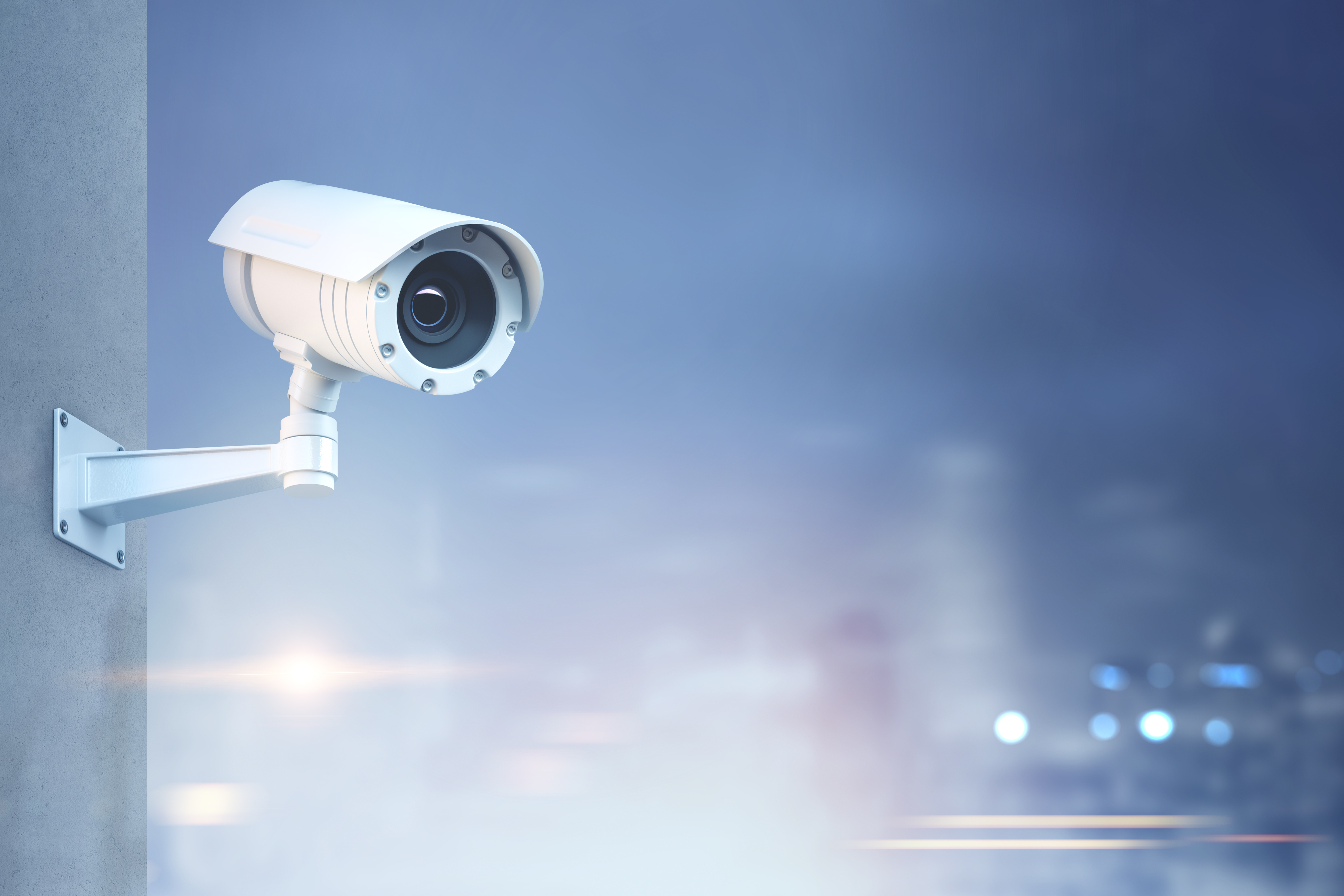The recent disappearance and death of a 12-year-old schoolgirl in Queensland has sparked a demand for all schools in Queensland to have security cameras on their grounds – a demand that Education Minister Kate Jones supports.
Tiahleigh was last seen by friends near her school at about 8:00am on 30 October. Tragically, six days later her body was found in a remote area 30 kilometres away. The ABC reports that Police have been appealing for any residents from the area around the school with CCTV footage to contact the authorities.
Ipswich’s Mayor Pisasale has said that the call for residents’ footage would not be necessary if cameras were in schools.
Ms Jones told The ABC that the funding for security cameras and other security measures is already available to Queensland schools who apply for a grant from the Queensland Department of Education. Similar schemes are available in other jurisdictions.
Security cameras in schools are not new
The presence of CCTV in Australian schools is not a new phenomenon, The SMH reported that in 2013 there were more than 50 schools in NSW alone that had cameras in playgrounds and more than half of Perth’s metropolitan secondary government schools had CCTV. However, as time goes by and threats against schools become more frequent and extreme, there is a higher demand for tighter security in schools.
While installing CCTV cameras at a school is one way to improve security, there are practical and legal issues to be considered before a non-government school takes this security step.
Cameras as a safety measure for staff and students
Schools often install surveillance cameras in and around school premises as part of their security systems and safety procedures to ensure that they provide a safe environment for students, staff and visitors. Under most circumstances, this would constitute reasonable measures to address the risk of intruders, vandalism, and unauthorised student exits. These are all valid measures and help a school to meet its obligation to provide a safe learning environment and its common law student duty of care obligations.
Installing cameras can also ensure the safety of staff and help a school to meet its workplace health and safety obligations. The ABC reported that last year Victorian principals called on the State Government to install more security cameras in schools to try to protect teachers from violent parents. Unfortunately, such measures are required given that parent/teacher disputes in the school yard are increasing, as we explained in our recent article about the bashing of a West Australian principal.
Good human resources practices
Employers such as schools routinely and legitimately monitor their employees’ activity in the workplace. Normally, such monitoring ensures that employees are using work resources, such as email and the internet, appropriately. As part of good governance, schools should have human resources policies in place to set standards about email and internet usage and a surveillance policy to ensure that personal information collected about their staff is used, stored and disposed of appropriately. This also means that staff should know what their personal information can and will be used for.
Also, employees should (and must, in some jurisdictions) be made aware of any CCTV surveillance and what may be done with the information collected. To ensure that appropriate measures are taken, policies must be developed, communicated, and transparently enforced. Footage from security cameras may regularly be viewed as part of the security procedures at a school. This should be the main purpose of these cameras, and the surveillance of employees should only follow incidentally.
What does the law say?
A number of States and Territories have legislation in place regulating the installation, use and maintenance of surveillance devices such as video cameras in the workplace. In NSW the Workplace Surveillance Act 2005 (NSW) (and similar legislation in the ACT) makes it illegal to film employees covertly while they are at work (or at school, in the school employment context) unless certain notification and consultation conditions have been met.
The (roughly) equivalent Victorian legislation (the Surveillance Devices Act 2009 (Vic)) relating to video surveillance prohibits employers recording in toilets, washrooms, change rooms and lactation rooms. In addition, the Victorian legislation and the Western Australian Surveillance Devices Act 2011 have more general prohibitions against recording of ‘private activities’ or ‘private conversations’ unless the parties ought reasonably to know that they might be observed.
The obvious question that follows is whether any activity by an employee at work (other than in toilets, washrooms, change rooms etc) is a “private activity”. Whichever way that question is answered, the use of the recording of what may or may not be a “private activity” can only be done with the consent of the parties or where it is ‘reasonably necessary to protect the lawful interests’ of the recorder.
What about the privacy of staff and students?
Even though the federal Privacy Act does not apply to records collected and used in the normal course of employment, there are various restrictions in other legislation which limit the dissemination and use of employees’ medical information, providing employee information to union officials, and generally providing employee information to third parties if that is not reasonably part of the employment relationship.
As a matter of risk-management, a school should not collect personal information unless the collection and use of the information can be justified as reasonably necessary for, or directly related to, one or more of its core functions, activities, and obligations. Schools that use CCTV should consider these issues when creating the school’s privacy policy and make specific reference to the use of security cameras.
How can schools secure funding for tighter security measures?
In a previous School Governance article we reported that earlier this year the Abbott Government announced that 54 schools would receive funding for security to prevent a terror attack. While this Federal Programme is designed specifically to assist at-risk schools, there are other avenues of funding available for all schools at a State/Territory level through their education departments.


